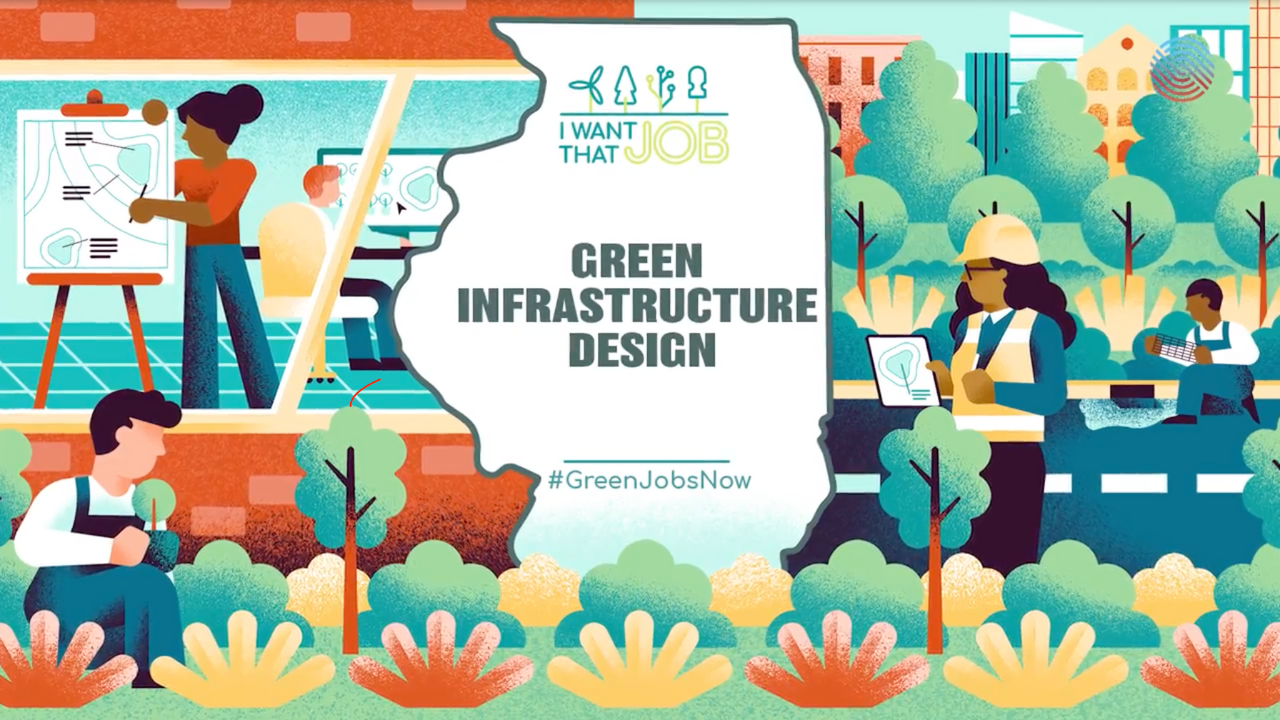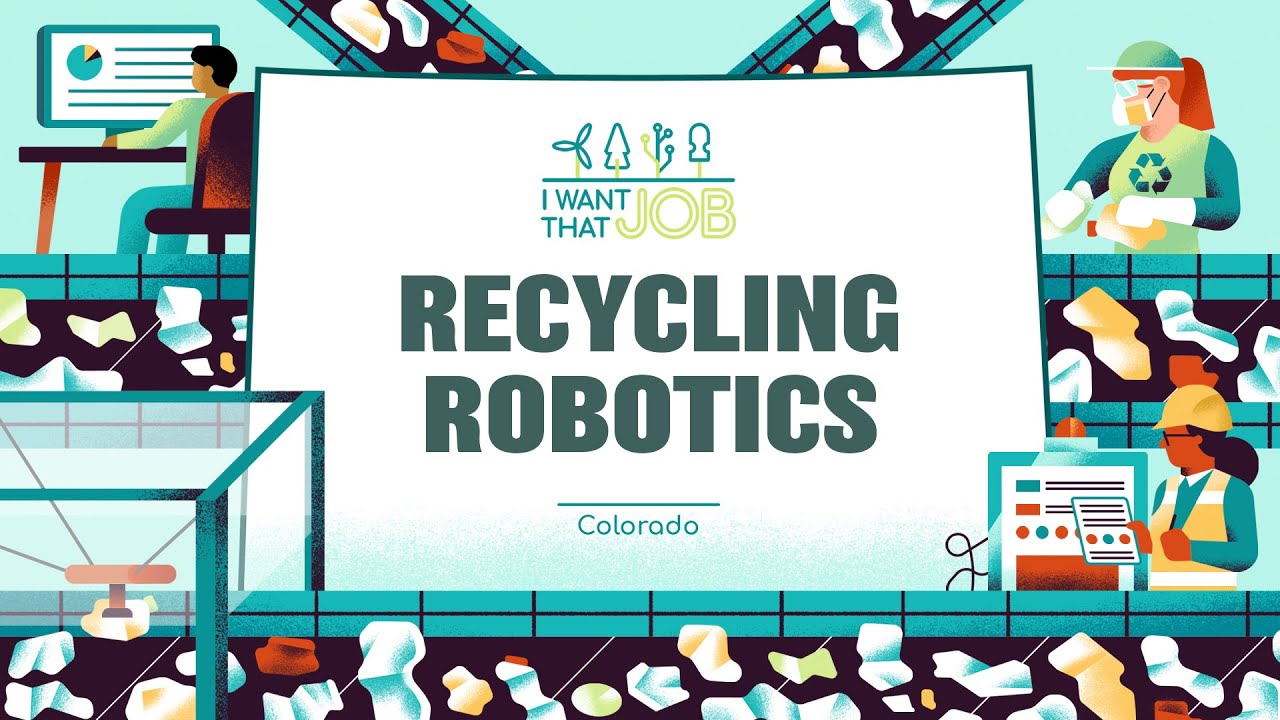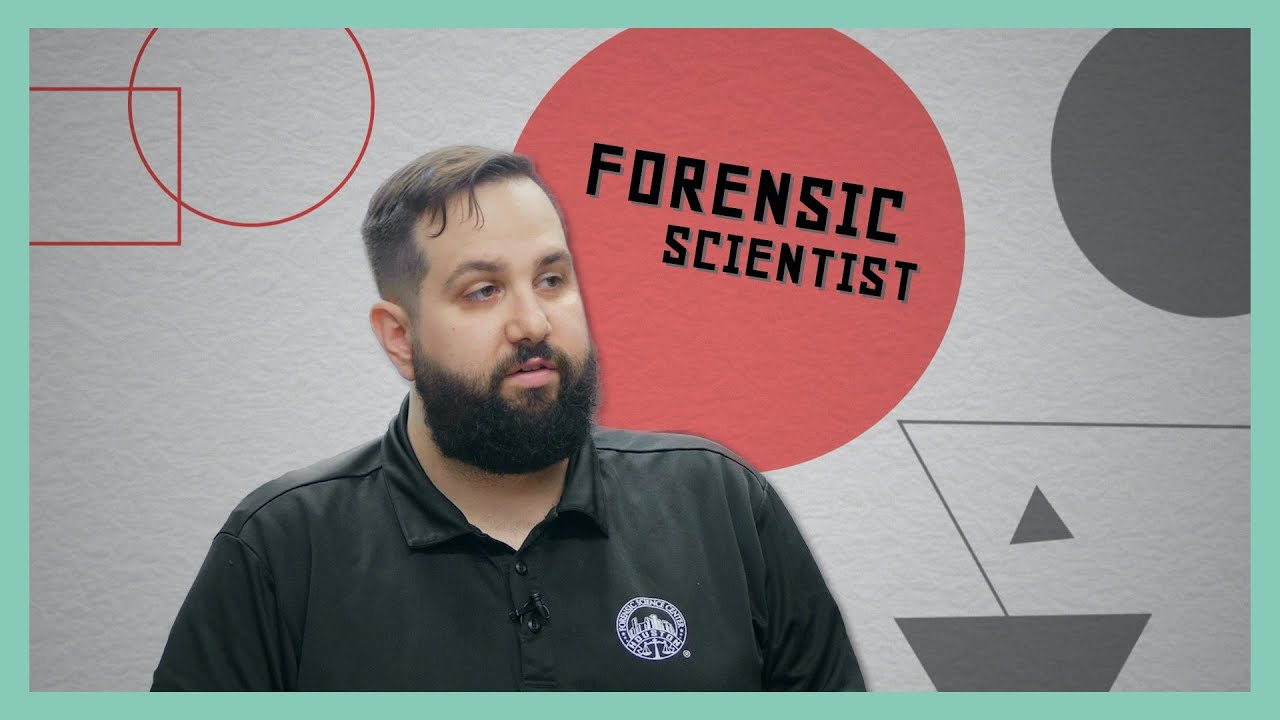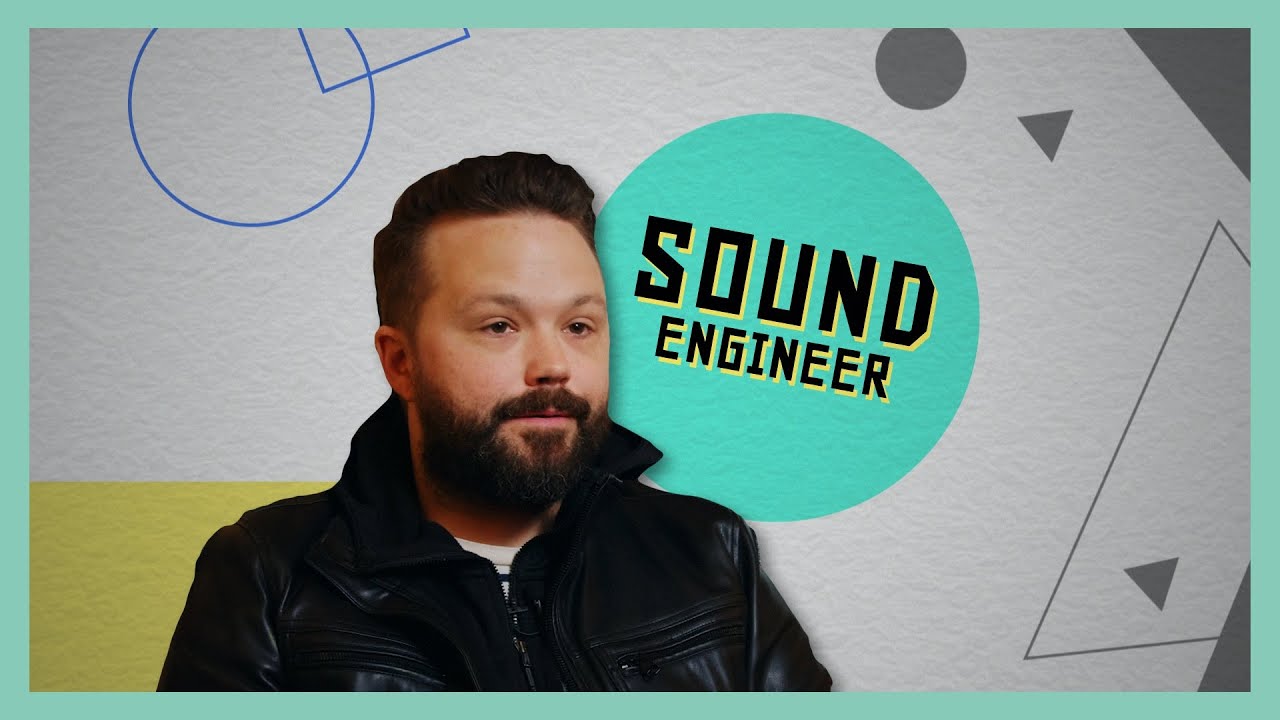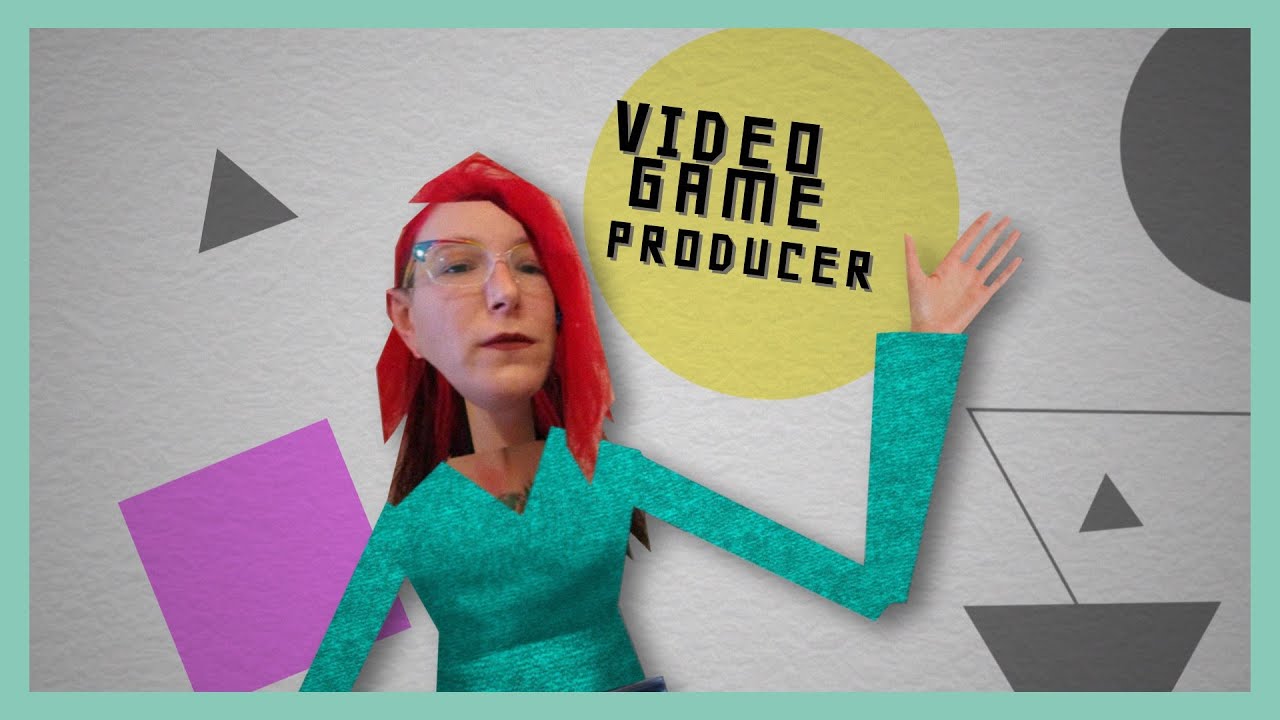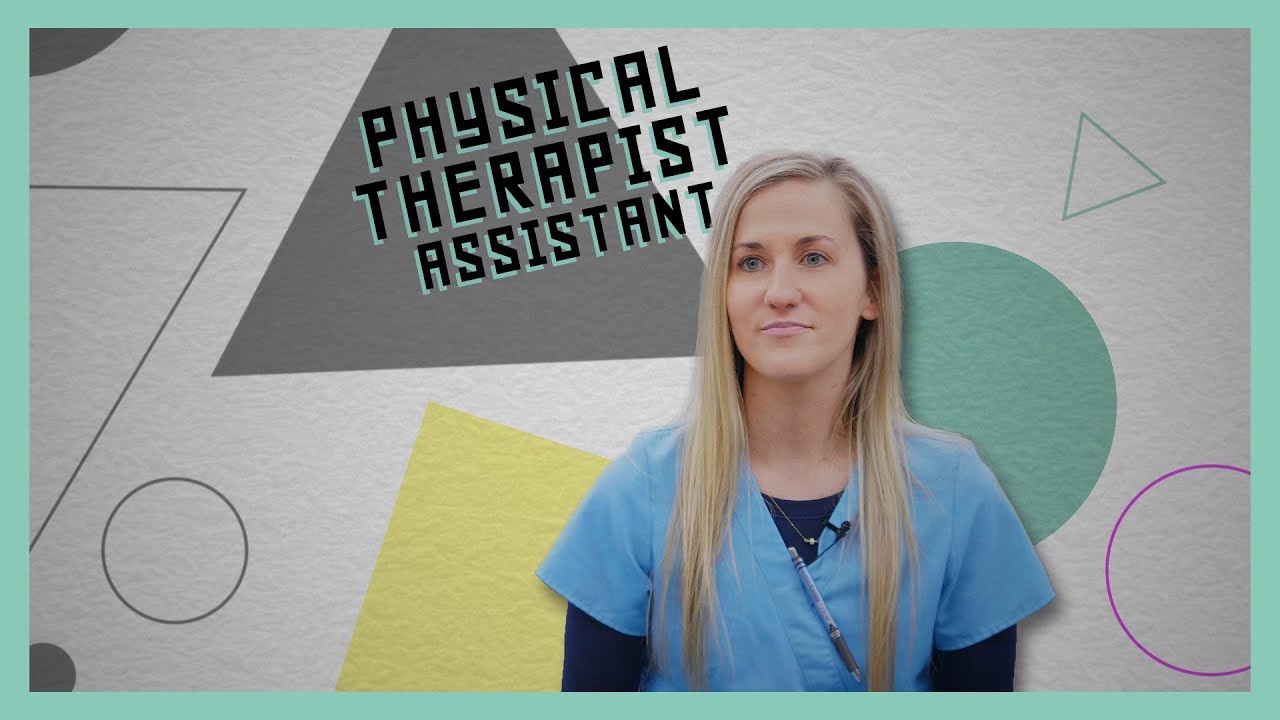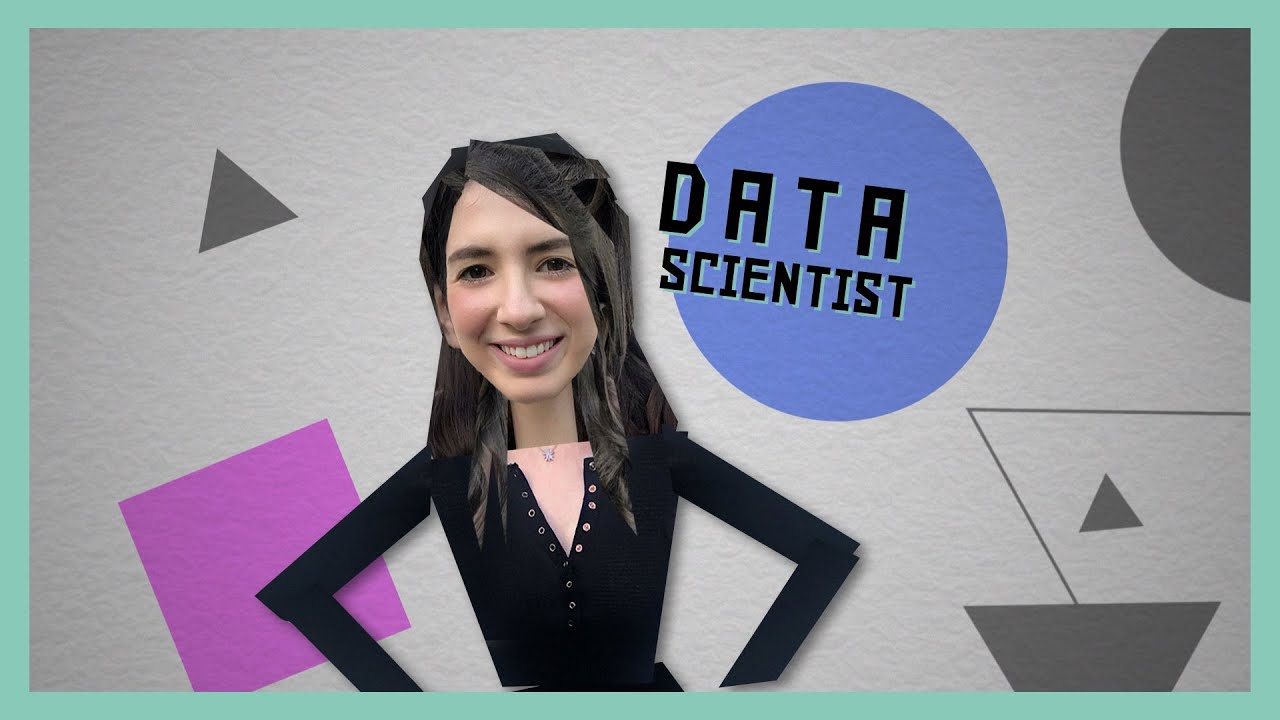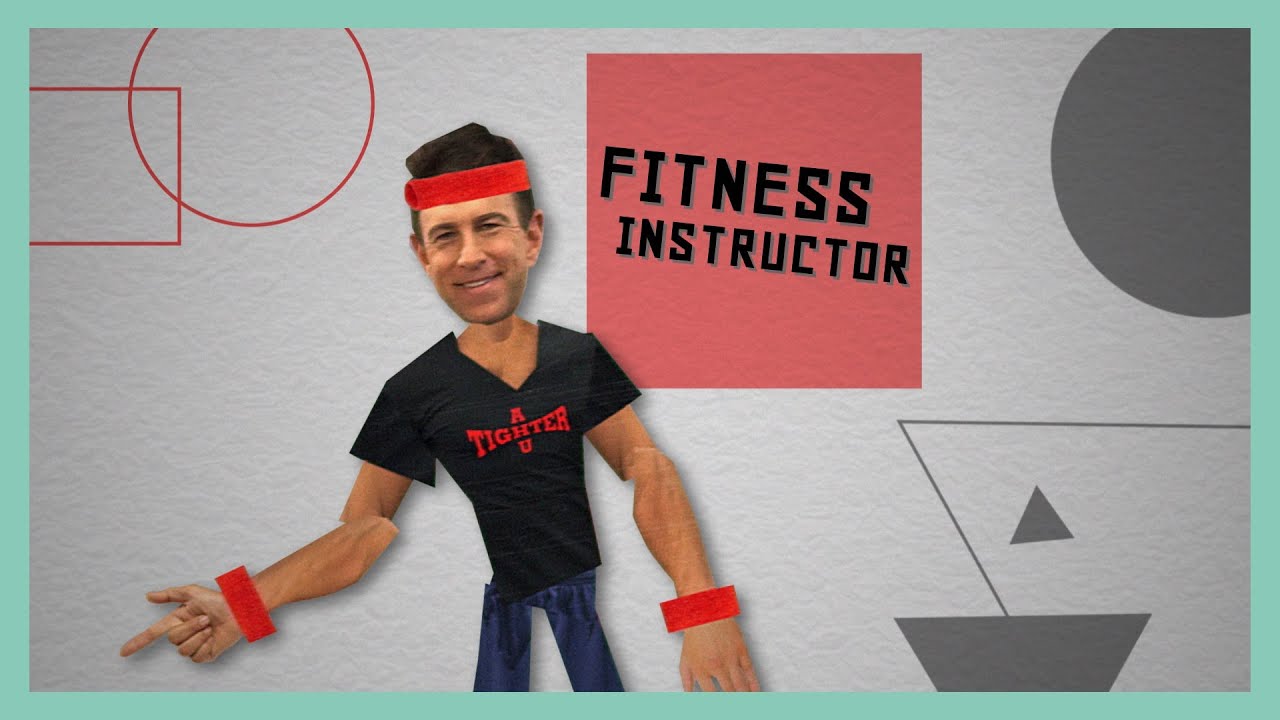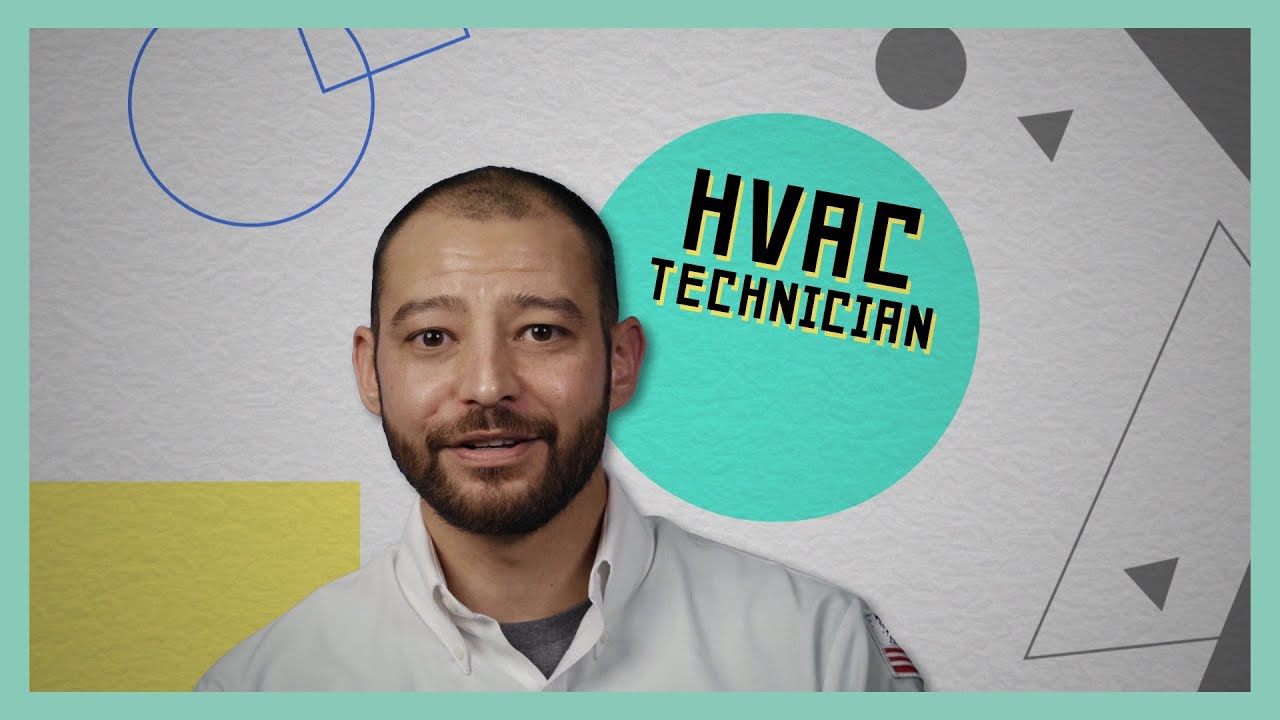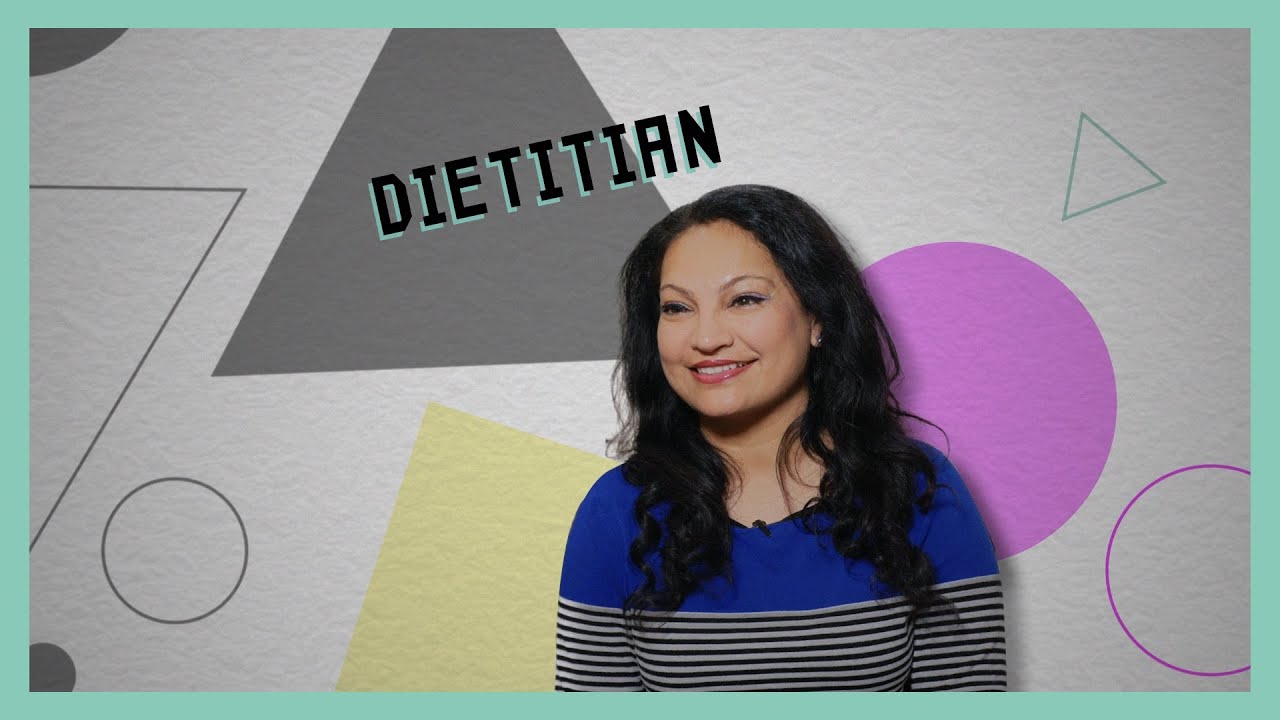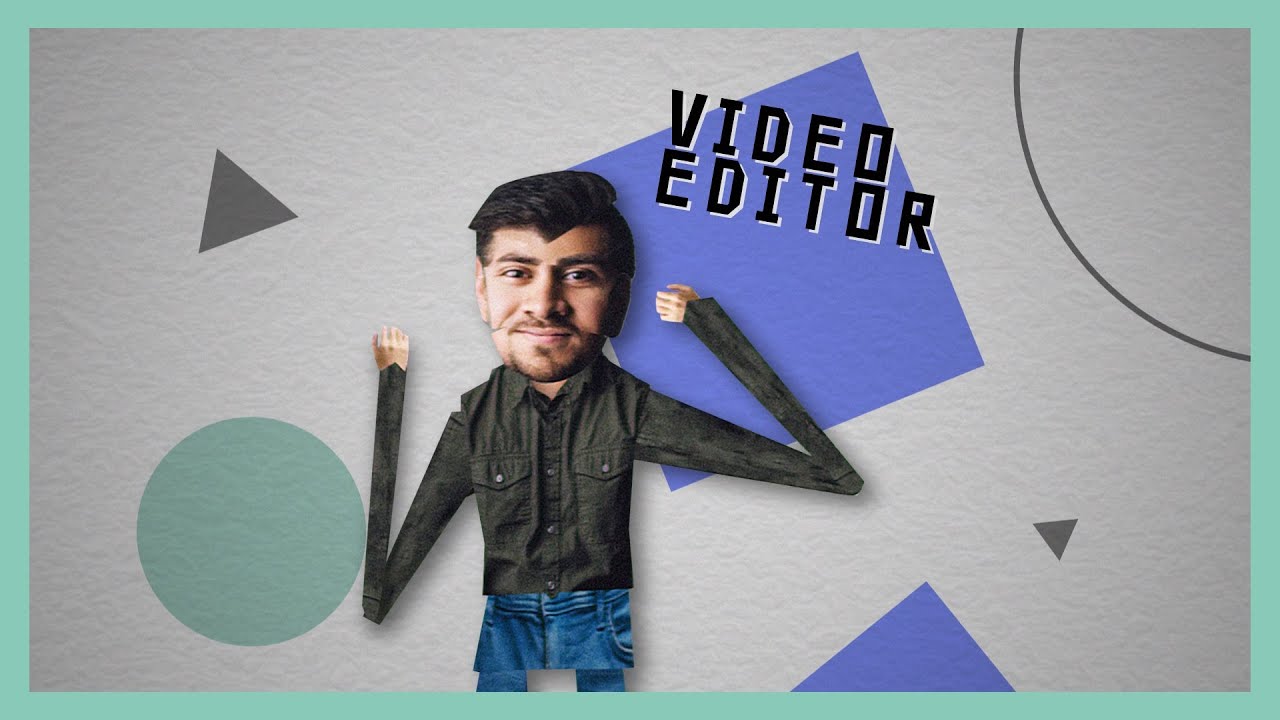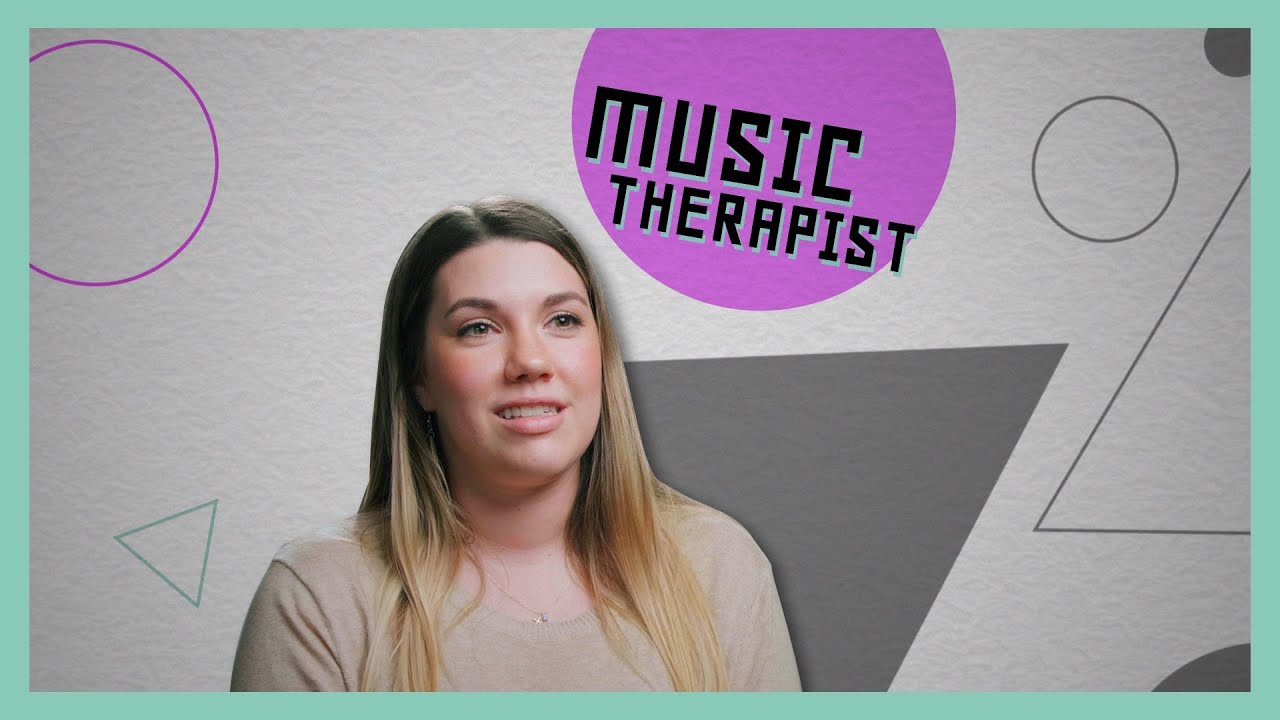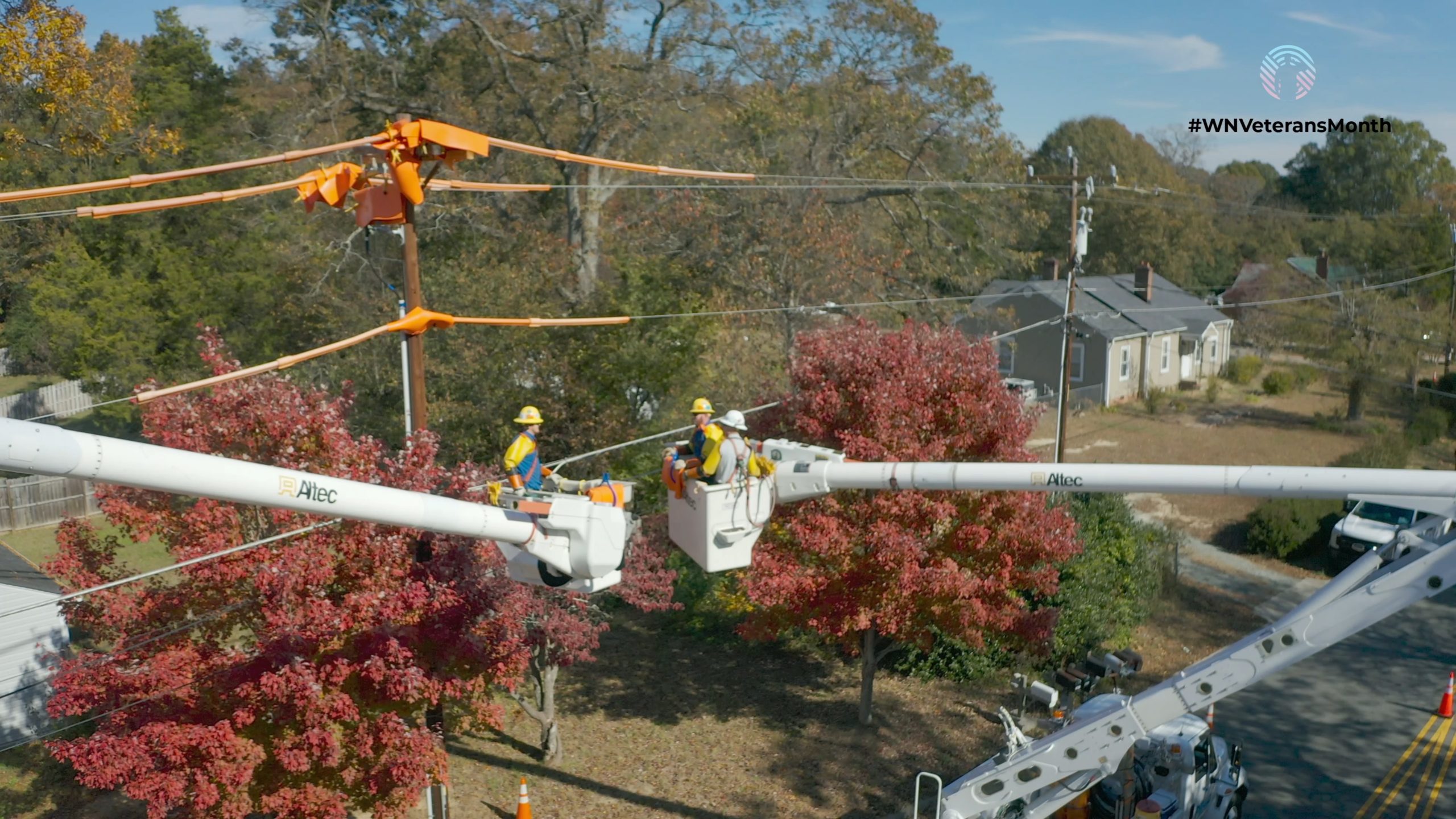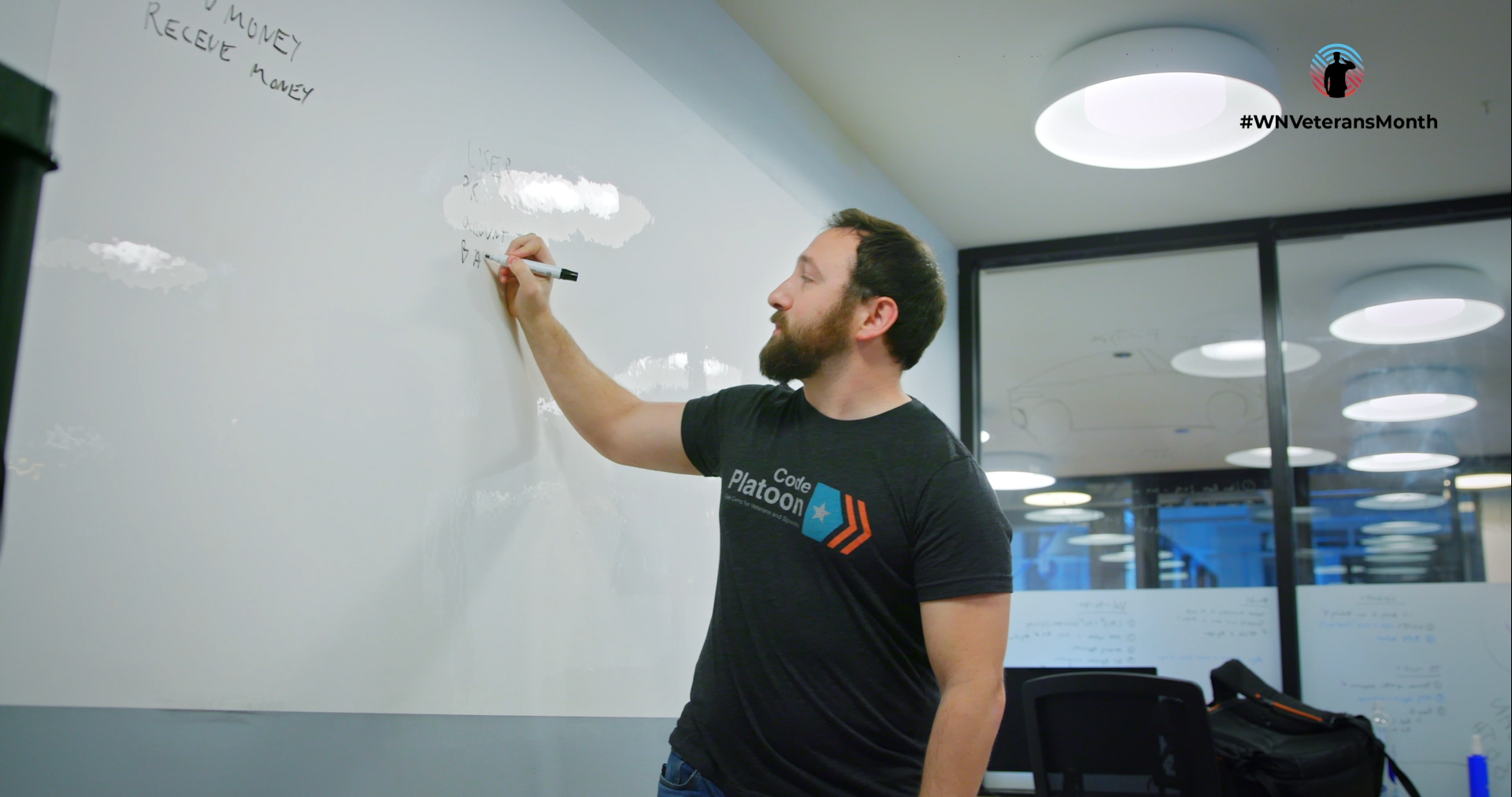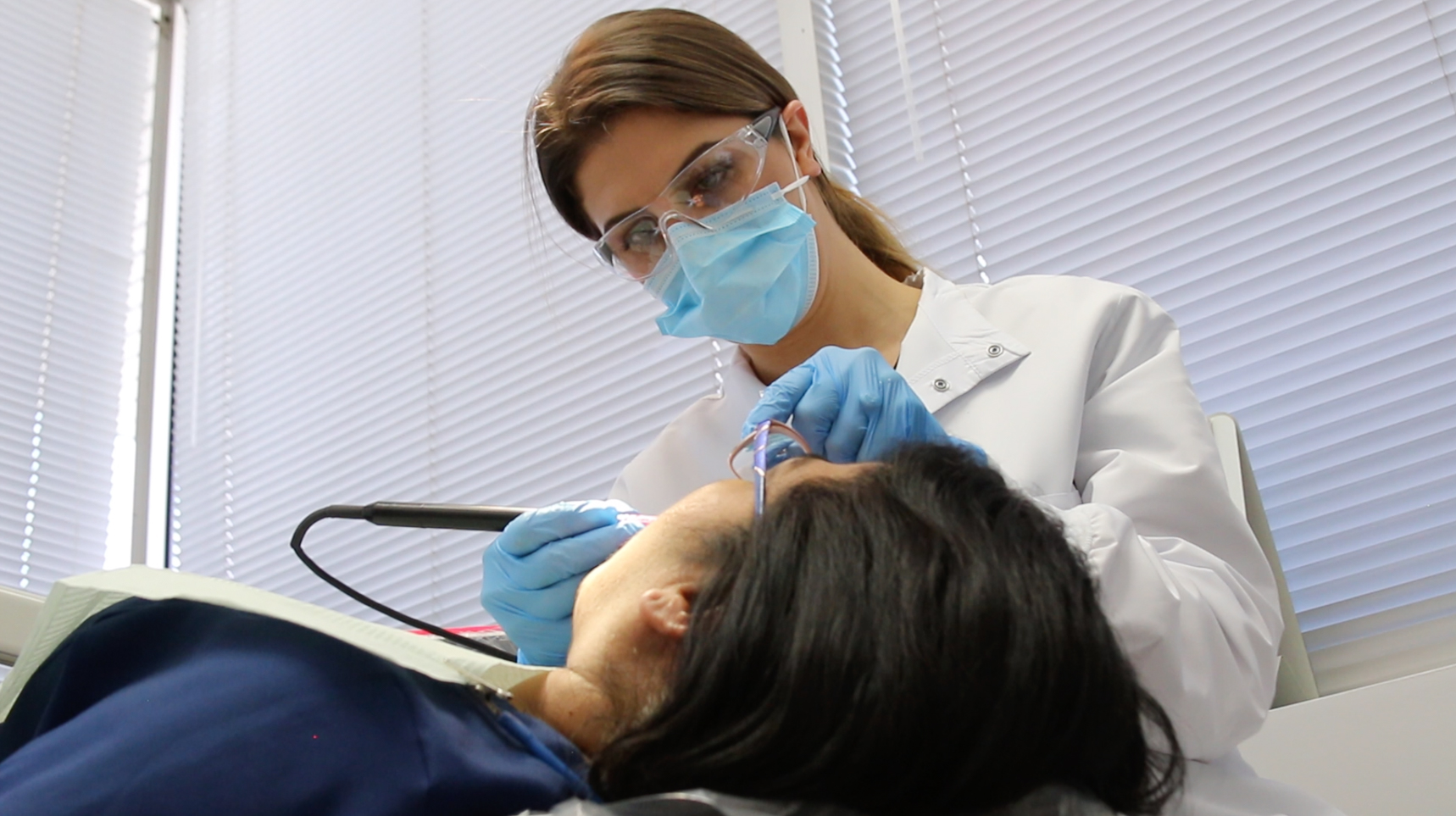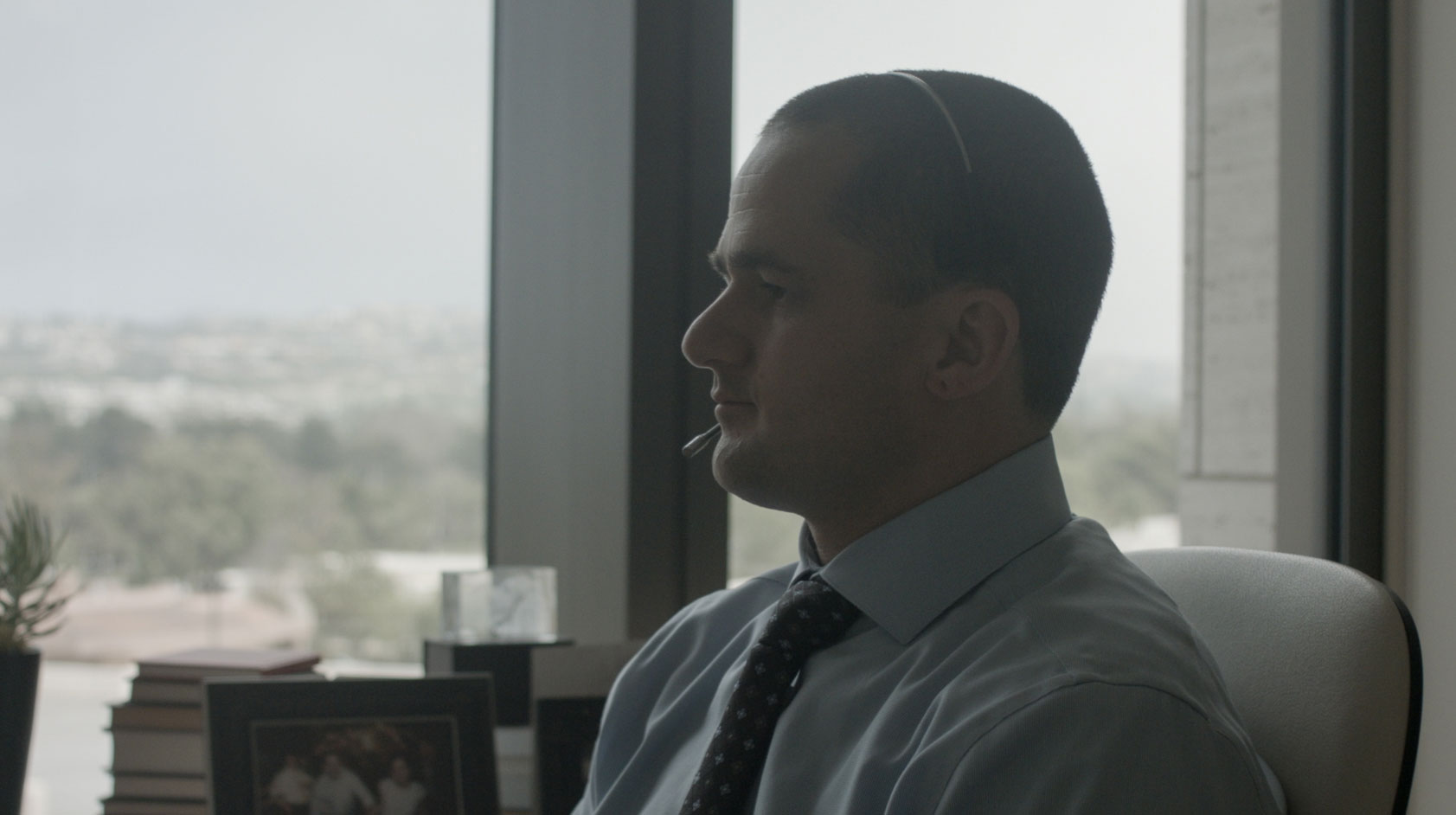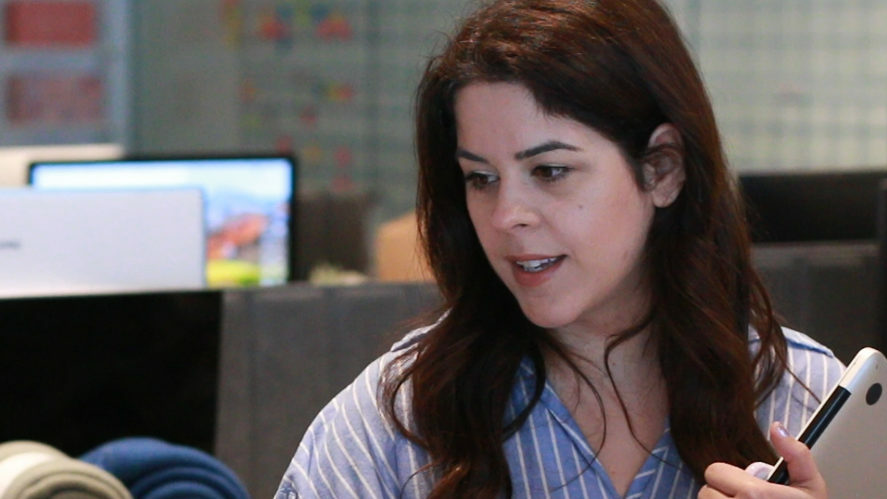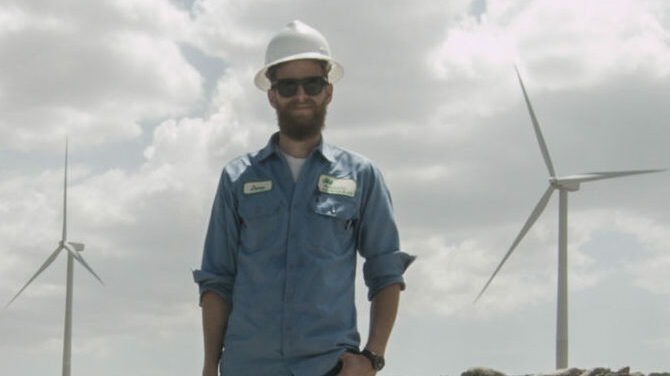Have you ever wondered how a movie or TV show is put together after it’s been shot? The look of a finished product is the work of a video editor. The editor takes the shot video or film footage and pieces it together, typically getting input from the project’s director.
Working in an edit bay, the job of a video editor can be quite solitary. Video editors might work at a production company, a post-production house, or even remotely from home. The job may be a staff position with a degree of consistency but is often freelance – working project-to-project.
Lucio Vasquez – owner of Lucio Vasquez Video in Houston, Texas – says it’s fundamental that a video editor be very detail-oriented. He says, “You are looking at essentially the same footage a hundred times on repeat. You need to be able to cut exactly where you need to cut. You need to be able to make new changes that enhance the final product. Of course, creativity comes along with that.”
A Degree Is Not Always Required
A bachelor’s degree is not always required, but many video editors have a college degree in a related field like broadcasting or film.
Vasquez says it is common for editors to have attended film school or any institution that offers a media production degree. But he says, “Equally as important as a degree is a good work ethic and a portfolio of your work. There is also a lot of learning on the job and even by watching YouTube tutorials.”
LinkedIn Learning offers approximately 33 hours of content related to video editing skills.
Video editors must be knowledgeable about linear editing software. Typical software includes Avid Media Composer, Final Cut Pro, Adobe After Effects, and Adobe Premiere Pro. These programs are used to edit, select, and splice together content.
Vasquez says a good processor is important in order to run any of the editing programs. He also recommends a good monitor and headphones. He says, “There are tons of speakers out there that sound different, but if you have a decent pair of headphones, it will always sound consistent.”
Growth is Expected Through 2028
According to 2019 national labor data, the mean annual wage for a video editor was just under $87,300.
Video editors not only work on television shows, movies, and commercials, but also promotional videos, educational and training videos, and presentations.
The largest employers of video editors are the film and video industries at 53 percent. Twenty-seven percent of video editors are self-employed. Six percent work in television broadcasting, while 4 percent edit content for professional, scientific, and technical services.
Vasquez enjoys the freelance nature of the job and the fact that he can work remotely. “It’s a very good job if you want flexibility in terms of where you want to work. I work from home whenever I’m editing those videos.”




